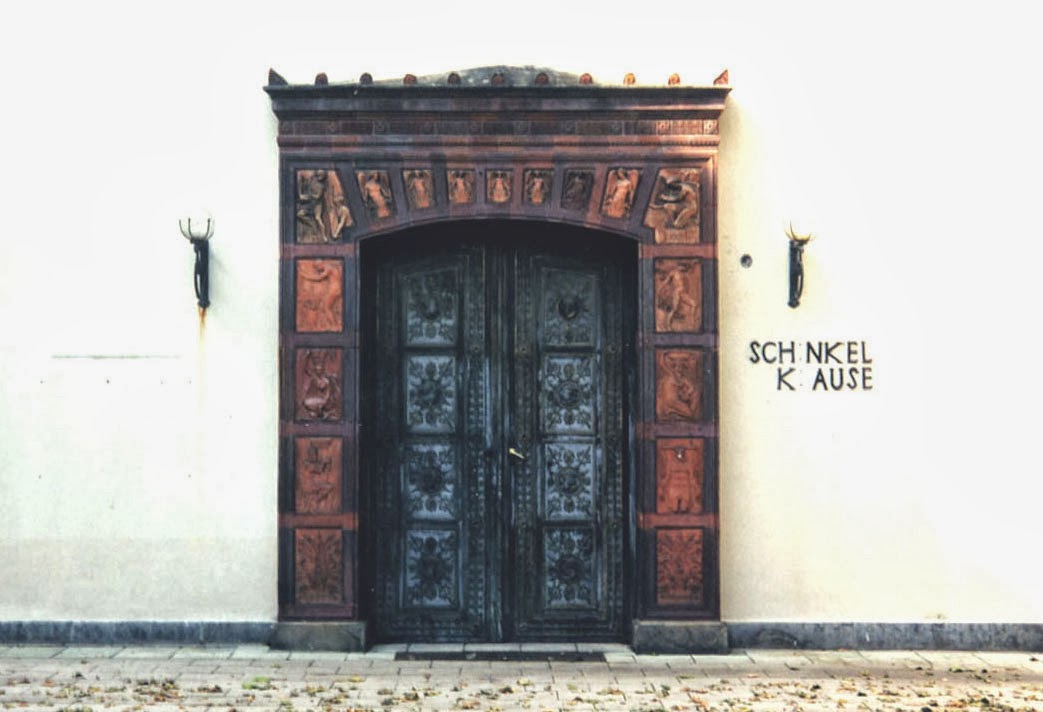Monday, December 30, 2013
Sunday, December 29, 2013
Saturday, November 30, 2013
Thursday, November 21, 2013
Brit on the Barbary Coast: The White Horse Pub
Est. 1742, which would make it older than the Mission, the oldest building in the city. Looks like creative advertising !
Still a cool version of the British Pub.
Sunday, November 10, 2013
Saturday, November 9, 2013
Tuesday, November 5, 2013
Sunday, November 3, 2013
Wednesday, October 30, 2013
Sunday, October 27, 2013
Saturday, October 26, 2013
Noe to Mission
Main entrance, Immaculate Conception School, Noe Valley, San Francisco
San Francisco Public Library, Mission Branch, former main entry on 24th Street
Detail above doors
Current entry off the side street
Wednesday, October 23, 2013
Foreboding Front
Entrance to Villa Taverna, along Hotaling Place, a cool alley in the Financial District, footsteps from the TransAmerica Pyramid.
Thursday, October 17, 2013
Wednesday, October 2, 2013
The Doorways of Carlo Scarpa
The architecture of Carlo Scarpa is
a revelation for any architect who was trained on Le Corbusier and Mies Van Der
Rhoe. It is intimate, delicate, tactile, warm, and luxurious - all
characteristics that modern architecture left at the altar.
Most of Scarpa's work is in Venice and the Veneto, and most of it consists of renovations to offices, galleries, and apartments. His work perfectly illustrates how a designer intervenes within a landmark building, how to insert new pieces into an historic structure.
Since many of his projects have these characteristics - converting a palazzo to a gallery, converting an ancient fortified castle into a municipal museum - one strategy he often followed was to reframe the entrance doorway, to announce the arrival of a new occupant, a new member of the historic cast.
These pictures illustrate doorways by Carlo Scarpa, from Venice and Verona. Many of the projects have had enough life as to already contain the scars, the graffiti and the decay, of urban existence.
Most of Scarpa's work is in Venice and the Veneto, and most of it consists of renovations to offices, galleries, and apartments. His work perfectly illustrates how a designer intervenes within a landmark building, how to insert new pieces into an historic structure.
Since many of his projects have these characteristics - converting a palazzo to a gallery, converting an ancient fortified castle into a municipal museum - one strategy he often followed was to reframe the entrance doorway, to announce the arrival of a new occupant, a new member of the historic cast.
These pictures illustrate doorways by Carlo Scarpa, from Venice and Verona. Many of the projects have had enough life as to already contain the scars, the graffiti and the decay, of urban existence.
Sunday, September 22, 2013
Subscribe to:
Comments (Atom)



















































